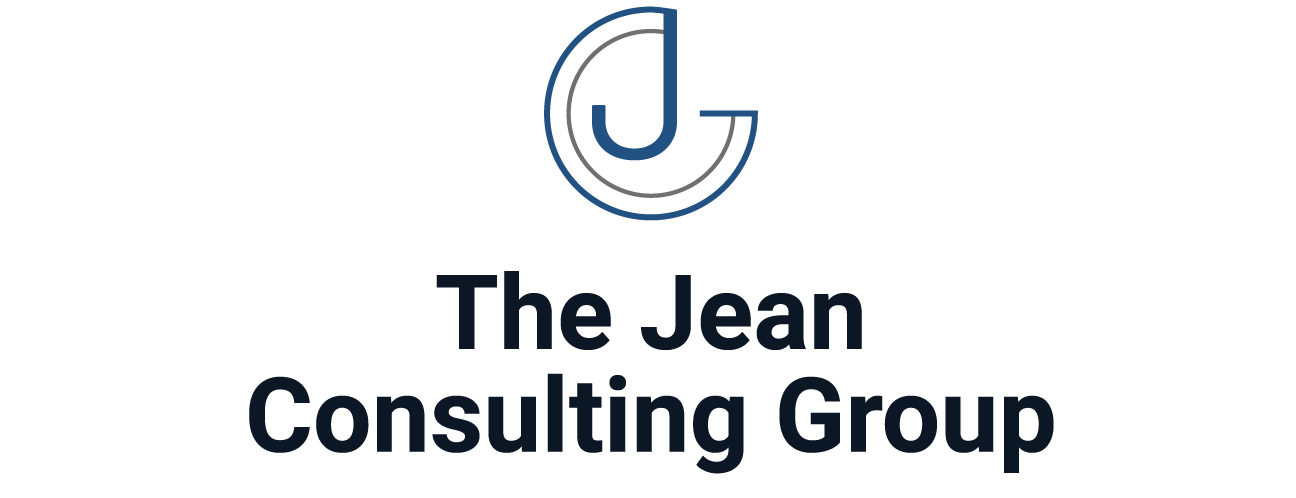In the lifecycle of employment, termination and offboarding are critical phases that, if not managed properly, can have significant repercussions for both the organization and the departing employee. With the integration of workforce management solutions that encompass termination and offboarding functionalities, businesses can streamline these processes, ensuring compliance, maintaining a positive company culture, and safeguarding against potential risks. This article explores how workforce management solutions equipped with termination and offboarding solutions can transform the end-of-employment experience into a structured, respectful, and efficient process.
Understanding Termination and Offboarding
Termination and offboarding refer to the processes involved when an employee’s tenure at a company comes to an end, whether due to resignation, retirement, or dismissal. Effective offboarding is essential not only for compliance with labor laws and regulations but also for protecting company assets, retaining valuable knowledge, and preserving a positive employer brand.
Key Features of Termination and Offboarding Solutions
Advanced workforce management solutions offer comprehensive tools designed to facilitate a smooth transition for both the organization and the departing employee:
- Checklist and Task Automation: Automated checklists ensure that all necessary steps are taken during the termination process, such as retrieving company property, deactivating access to systems, and completing exit interviews.
- Compliance Management: Helps organizations stay compliant with labor laws by providing guidelines and templates for documentation, such as termination letters and certificates of service.
- Data Security and Privacy: Ensures that the offboarding process protects sensitive information, adhering to data protection regulations and minimizing the risk of data breaches.
- Exit Interviews and Feedback: Facilitates the collection of feedback from departing employees to identify areas for improvement, contributing to continuous organizational development.
- Alumni Management: Maintains a positive relationship with former employees, recognizing their potential value as brand ambassadors, clients, or future re-hires.
Benefits of Implementing Termination and Offboarding Solutions
The integration of termination and offboarding functionalities into workforce management solutions offers several advantages:
- Enhanced Efficiency and Accuracy: Automating administrative tasks reduces the potential for errors and frees up HR resources to focus on more strategic initiatives.
- Improved Compliance: Systematic processes and up-to-date legal information help organizations navigate the complex legal landscape surrounding terminations, reducing the risk of costly legal disputes.
- Positive Departure Experience: A well-managed offboarding process can leave departing employees with a positive impression of the organization, enhancing the employer brand and supporting future recruitment efforts.
- Knowledge Retention: Exit interviews and structured knowledge transfer processes help retain critical information, ensuring that valuable insights and experiences are not lost.
Challenges and Considerations
Implementing termination and offboarding solutions within workforce management systems can present challenges, including ensuring the personalization of the offboarding experience and managing the emotional aspects of termination. Addressing these challenges requires a balance between efficient processes and empathetic, individualized attention to the departing employee’s needs.
Conclusion
Workforce management solutions that include termination and offboarding functionalities play a crucial role in modern HR practices, offering a structured and respectful approach to ending employment relationships. By leveraging technology to streamline these processes, organizations can ensure compliance, protect their interests, and maintain a positive company culture. As the workforce continues to evolve, the importance of managing the departure process with care and efficiency becomes increasingly clear, marking a critical step in supporting both organizational and employee well-being.




